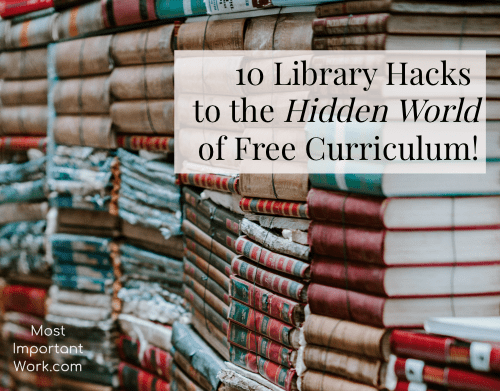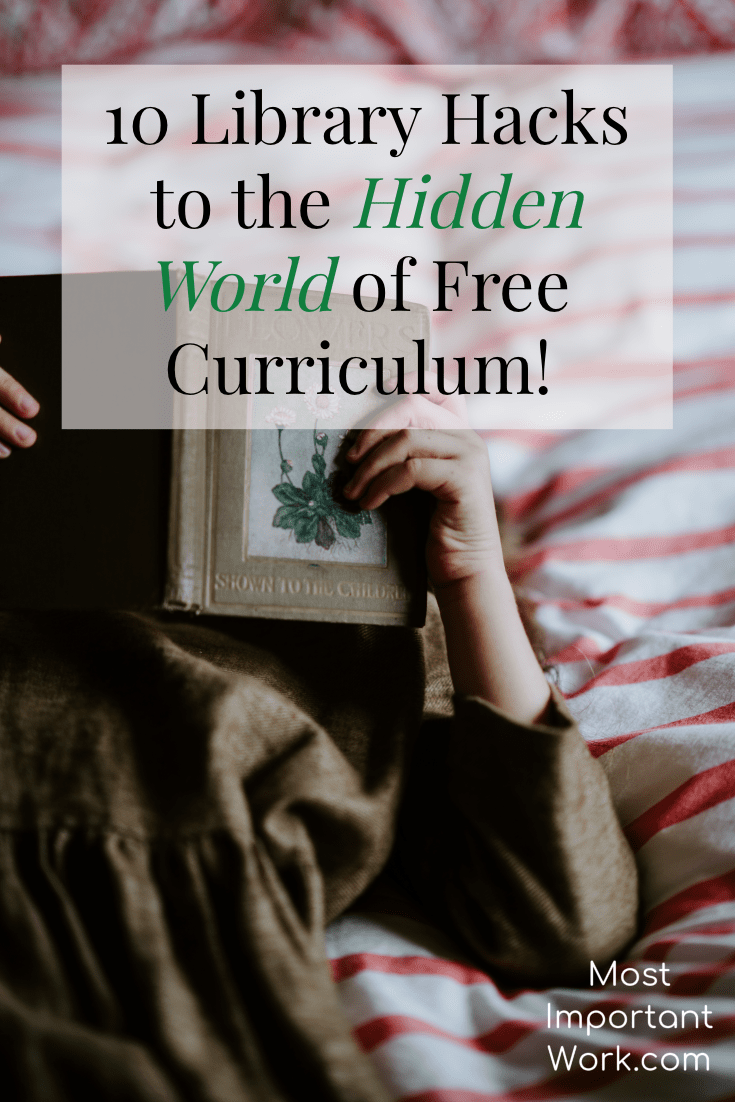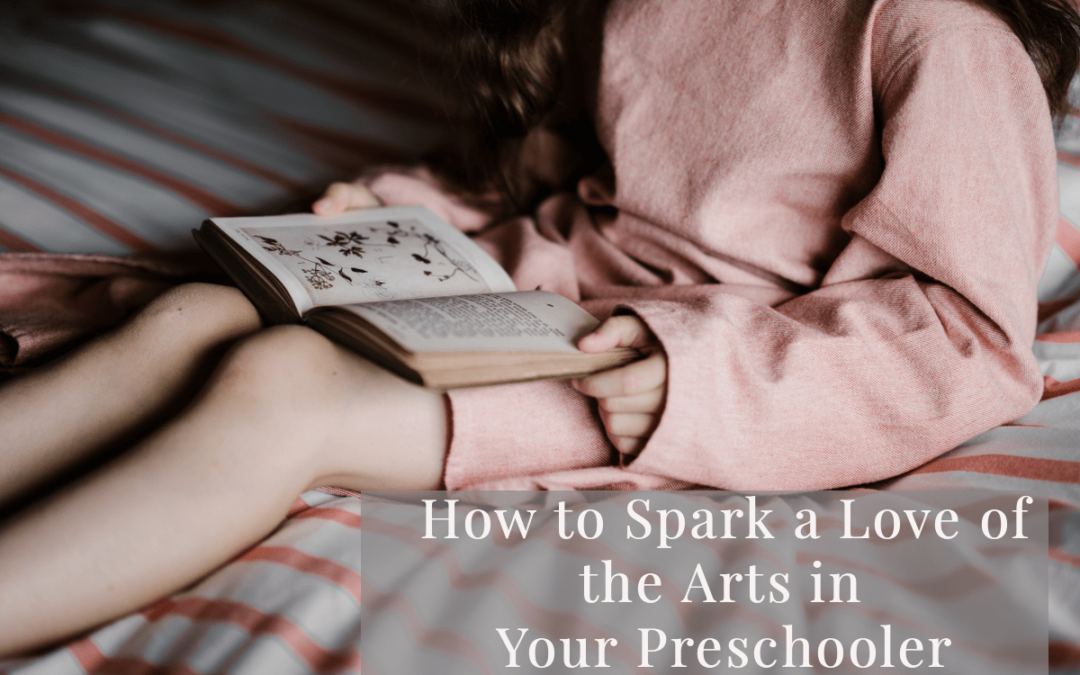
How to Avoid these Five Homeschooling Mistakes
Reading Time: 5 min 22 sec
Are you a new to homeschooling or in the thick of figuring out how to start? Are you dreaming of newly sharpened pencils, child prodigies, and Von Trapp family adventures? We are going to come alongside you on your journey and talk about the five common mistakes first-time homeschoolers make and how YOU can avoid them (and save hundreds of dollars).
I have spoken with a lot of new homeschool parents over the years who are overwhelmed, frustrated, burned out and about five minutes away from shipping their kids off to boarding school in Switzerland. They start to wonder about their ability, sanity, and if homeschooling is really doable for the average mom.
Homeschooling is very possible but sometimes we can unintentionally shoot ourselves in the foot by making decisions out of a lack of experience. We need people to come alongside us and help us through the minefields of those early days so that we can go back to enjoying those amazing family moments.
We are going to be addressing these 5 common homeschooling mistakes today:
1.Homeschooling without Direction
2. Duplicating School at Home
3. Bowing to a Teaching Philosophy
4.Requiring Too Much Too Soon
5.A Boxed Curriculum is the Answer

1. Homeschooling without Direction
We have an endless supply of amazing resources for homeschooling mamas and their students. It can get very easy to get caught up running to the latest teaching philosophy, schedule, curriculum, or activity hoping that it will solve all of your learning woes. Now I am all for exploring new teaching resources (We love you, Life of Fred) but it can get very exhausting and can give your kids whiplash if you don’t have a roadmap in place to help you figure out if that latest thing fits your family.
You need to know what your vision and values are because they influence the goals and atmosphere of your homeschool. You can’t set or accomplish your goals if you have no idea what you are aiming at.
For instance, does your vision for the future include children who grow up to be lifelong learners, self-starters, out of the box thinkers and mighty followers of Jesus? Does one of your values include forming quality family relationships?
If so, the decisions you make, your teaching style, activities, schedule, curriculum choices, and atmosphere all should flow out of your vision and values. They are a roadmap to a successful homeschool and when used properly, can help prevent burnout. Do not move forward without taking the time to talk over your vision, values, and goals with your spouse or a friend.
When things get challenging, instead of completely changing direction, and giving into fear and self-doubt, you can rest in the knowledge that you have an overall plan in place. By establishing your vision, values, goals, and atmosphere ahead of time it allows you
2. Duplicating School at Home
You have just decided that you are going to homeschool and you are scared but also super excited. You rearrange your home, choose a homeschooling room, and rush out and buy (borrow or steal) desks, chalkboards, and inspirational posters for the walls. Three days into your homeschool adventure you realize that no one wants to sit at cold, hard desks when they can be snuggling on the couch reading books with mom.
Homeschooling is not

Save yourself tons of money, homeschool regrets (and your children a lot of frustration) by taking advantage of the benefits of teaching your children at home; one on one time together, comfy couches, and real-life learning to find out and own what works for you and your family.
3. Bowing to a Teaching Philosophy
As you start to research homeschooling it can feel like there are HUNDREDS of teaching methodologies out there. You are told that time in nature, memorizing information, giving them time to play, structure, no structure, textbooks, only living books, experience, and facts are crucial to your child’s success in life.
The options can not only feel overwhelming but restricting to a new homeschool parent. You get sold on
You can save yourself time, energy, frustration, and money by realizing that you will need to
4. Requiring Too Much Too Soon
You are excited to get started on your homeschooling adventure. You sit down with your five-year-old and dive into your new stack of
Your child whines when you get out the books, you find yourself constantly encouraging him to do one last problem or activity. You just find yourself working harder than they are to complete your list of studies for the day. You feel frustrated, demoralized, and you wonder if this homeschooling really works in real life.
Save yourself (and your child) frustration, by focusing on your values (strong family relationships, fostering a love for learning, character development etc.) instead of focusing on checking “educational” boxes.
When you have a ten-thousand-foot view of the future, you won’t get hung up on whether or not you completed the allotted math problems for the day.
Enjoy these early years, they won’t last forever. Encourage your child’s curiosity and rest in the knowledge that they are constantly learning by living life with you at the perfect pace for them.
6. A Boxed Curriculum is the Answer
You spend hours researching a comprehensive curriculum, you want to make sure that every base is covered, and that your kid won’t end up going to college, not knowing how to do long division. You find a curriculum that you think will be a good fit, shell out a couple hundred dollars, only to find to out that you love the math, are “
It is rare (and I mean RARE) that a boxed curriculum will meet all of your needs. You know your child, you know their strengths and weaknesses, you know the vision and values of your homeschool, and you are the best person to hand select curriculum. Save yourself hundreds of dollars (do you see a theme here) by choosing the best resources for your child.
When you handpick curriculum, not only is it a smaller monetary investment but if it doesn’t work, you aren’t stuck with it (trying to get your money’s worth) or desperately scrambling to replace an entire curriculum midway through the school year.
Are you wondering HOW do you actually find a great curriculum for each subject? I created a How to Find Excellent Curriculum checklist (grab it below) to help you on your journey.
You Got this Mom!
What about you? What is your number one frustration when it comes to figuring out this homeschooling adventure? Leave a comment, and don’t forget to follow Most Important Work on Pinterest!












